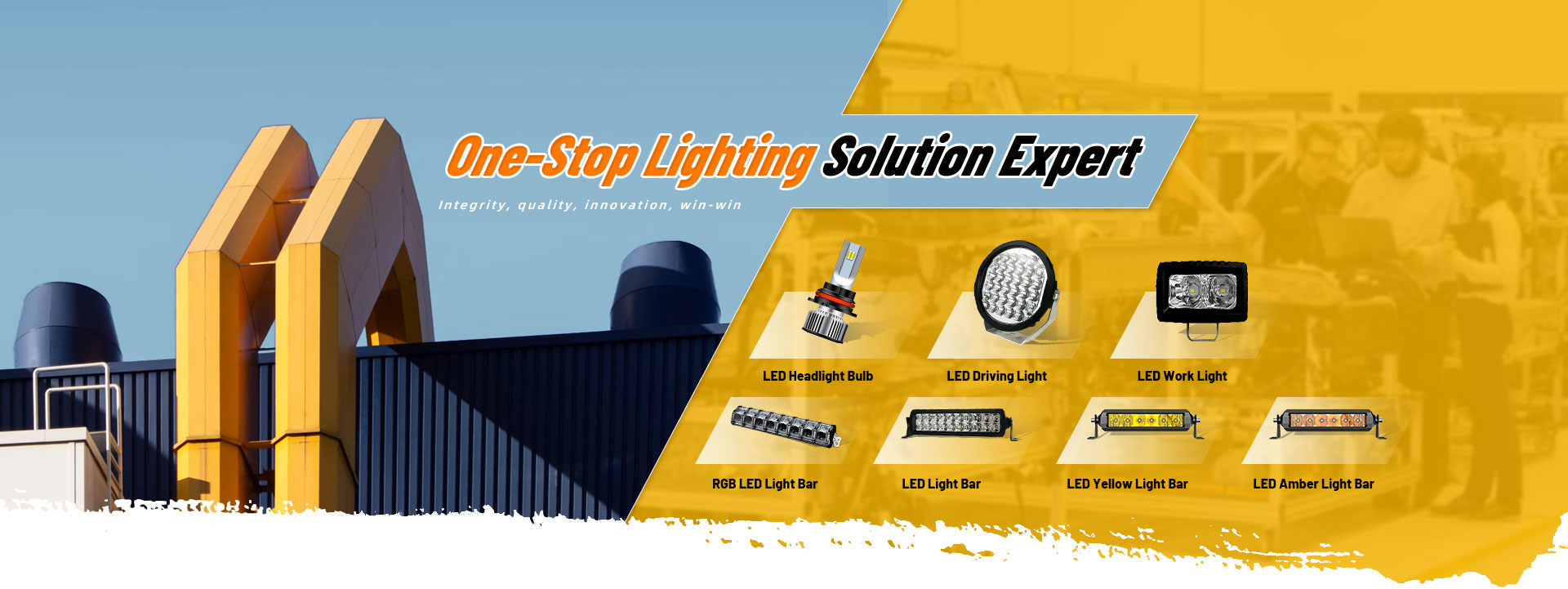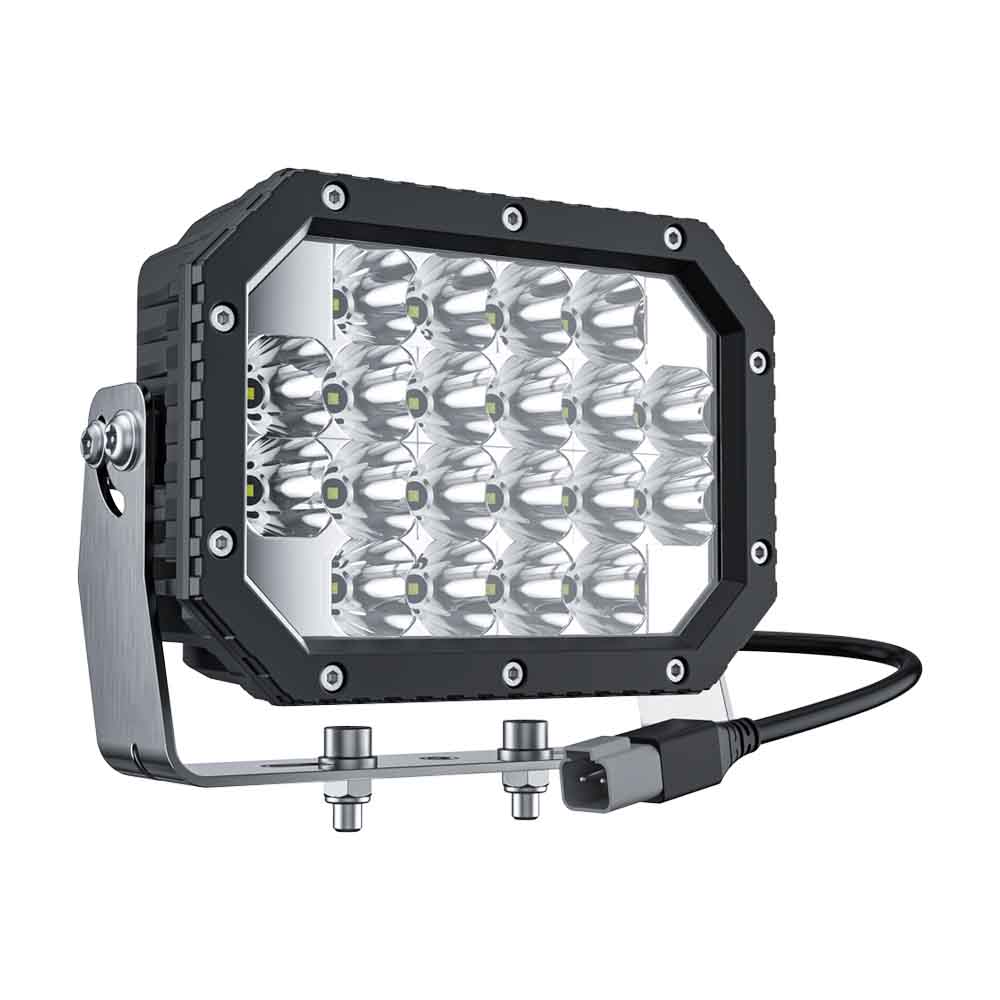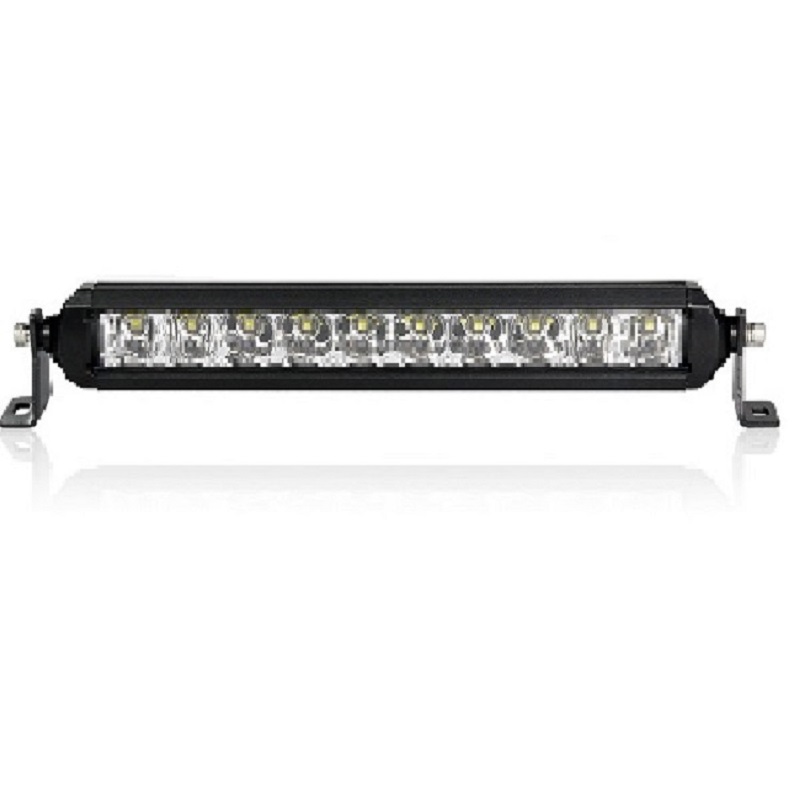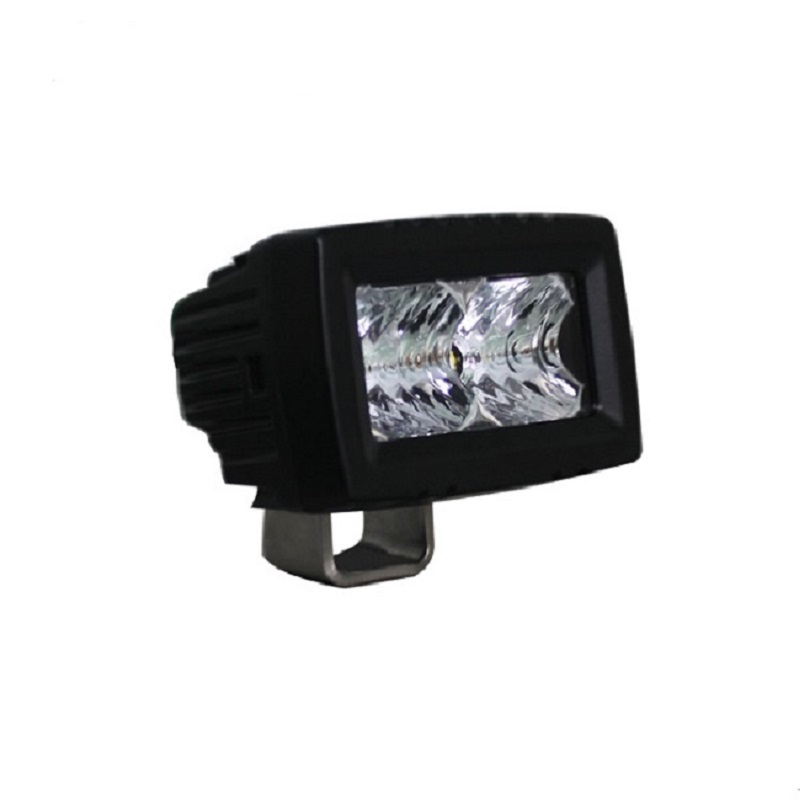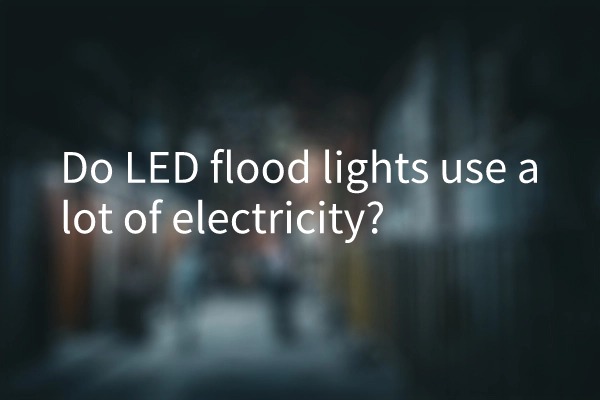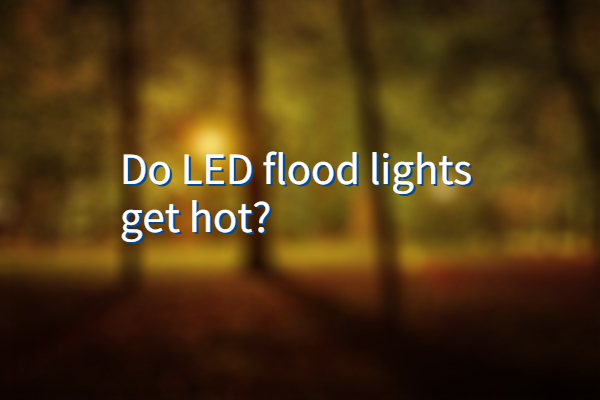LED flood lights are generally much more energy-efficient than traditional lighting technologies like incandescent or halogen lights. They consume significantly less electricity while providing comparable or even superior illumination. Here's why LED flood lights are considered energy-efficient:
LED flood lights use semiconductor technology to produce light, which requires much less electricity compared to incandescent or halogen lights. They can produce the same amount of brightness (lumens) while consuming a fraction of the power.

LEDs are highly efficient at converting electricity into visible light. They waste less energy as heat compared to traditional bulbs, which means more of the energy they consume is converted into useful light.
LEDs emit light in a specific direction, unlike traditional bulbs that emit light in all directions. This directional lighting reduces the need for reflectors or diffusers, ensuring that more light is directed where it's needed, thus minimizing wasted light and energy.
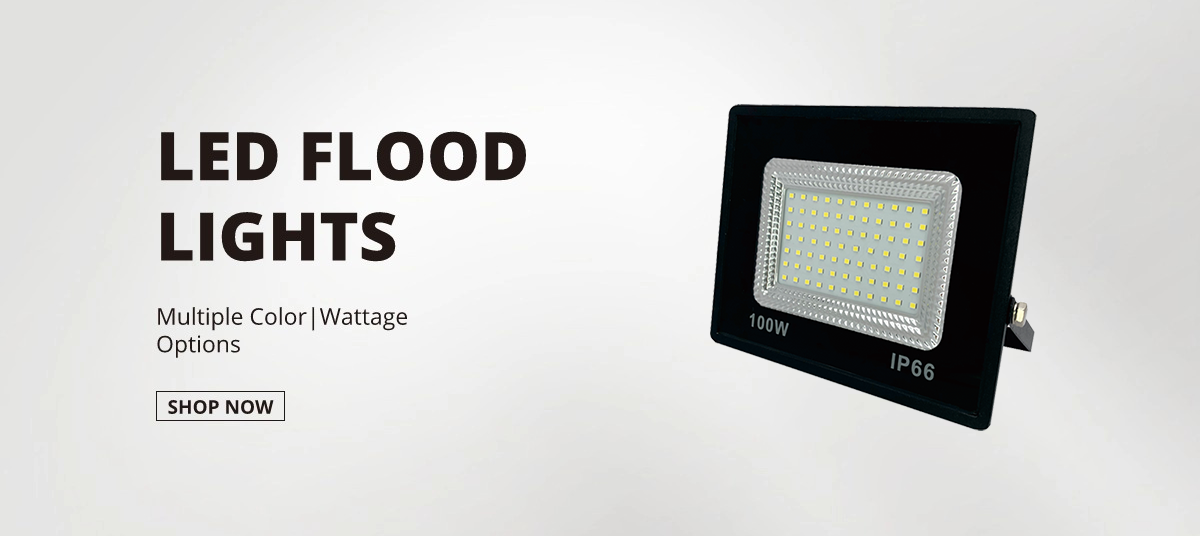
Longer Lifespan: LED flood lights have a much longer lifespan compared to traditional bulbs. They typically last tens of thousands of hours, reducing the frequency of replacements and associated energy consumption.
While LED flood lights may have a higher upfront cost compared to traditional options, their energy savings over time and longer lifespan often make them a more cost-effective choice in the long run. Additionally, many LED flood lights are now ENERGY STAR certified or meet other energy efficiency standards, further confirming their energy-saving benefits.

